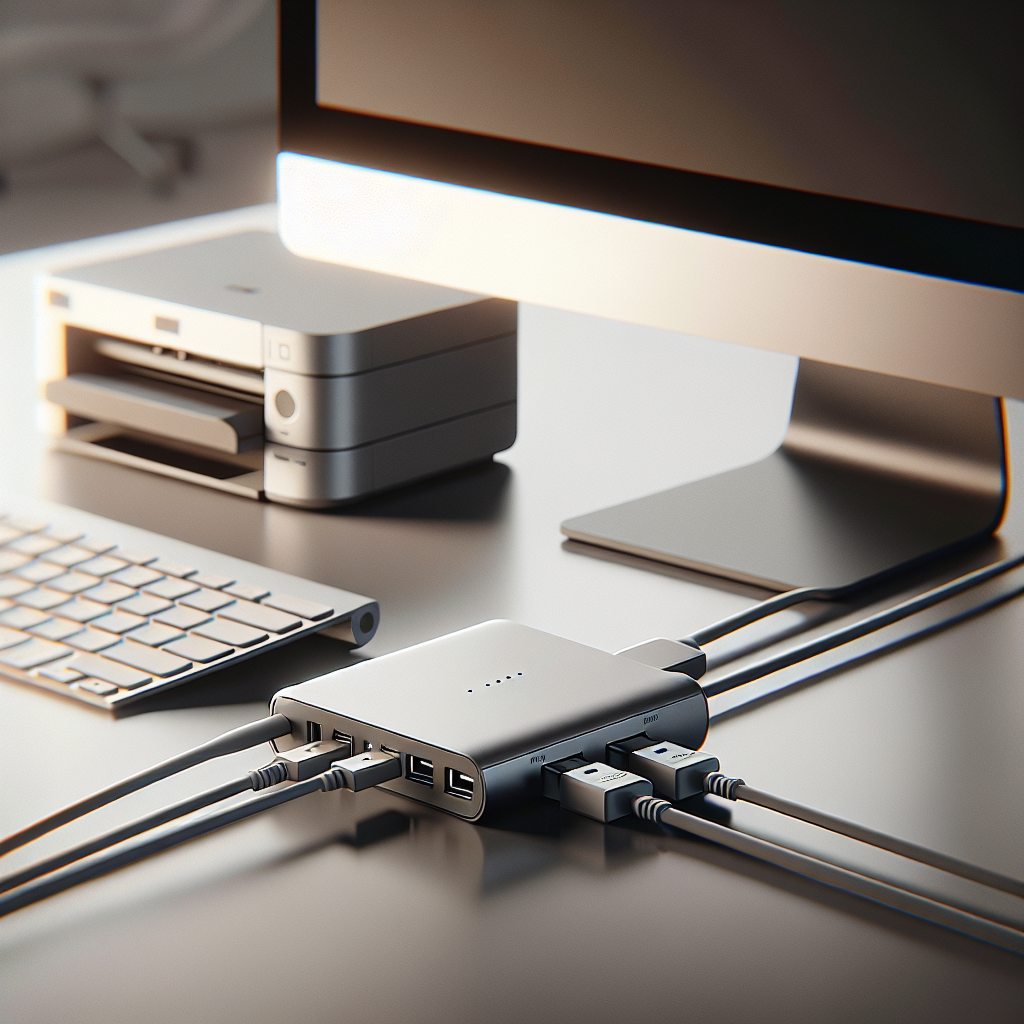
Introduction
As technology continues to evolve, office setups and home environments are becoming increasingly reliant on efficient printing solutions. When managing multiple printers in a singular workspace, many users wonder about the feasibility of using a USB splitter to connect all devices to a single computer. This article will explore the functionality, advantages, and limitations of USB splitters in this scenario.
| Aspect | Details |
|---|---|
| Device Type | USB Splitter |
| Primary Function | Connect multiple USB devices to one port |
| Connection Type | USB 2.0, USB 3.0 |
| Compatibility | Varies by operating system and printer models |
Understanding USB Splitters
A USB splitter, also referred to as a USB hub, is a device that allows multiple USB devices to connect through a single port on a computer. It turns one USB connection into several, thereby facilitating the addition of multiple peripherals, such as mice, keyboards, flash drives, and printers, without exhausting the limited USB ports on most computers.
How Does a USB Splitter Work?
USB splitters essentially divide the signal from a single USB port to multiple outputs. When you plug in a device to a USB splitter, the data from that device passes through the splitter via the primary USB connection to the computer. This should theoretically allow for multiple devices to operate simultaneously.
Limitations of Using a USB Splitter with Printers
While the idea of connecting several printers to one computer via a USB splitter may seem appealing, there are significant limitations to consider:
- Data Traffic: Printers require substantial data transfer, and splitting the USB signal can create traffic that hinders effective communication between the printer and the computer.
- Printer Compatibility: Not all printers respond well to being connected through a USB hub, potentially leading to malfunctions or unrecognized devices.
- Power Supply: Some USB devices draw more power than others. A standard USB splitter may not supply adequate power to all connected printers, leading to erratic performance.
- Driver Conflicts: When multiple printers are connected through a single hub, driver conflicts may arise, causing issues with printer recognition and use.
Alternatives to USB Splitters
If using a USB splitter is not the best option, there are various alternatives to connect multiple printers effectively:
1. Network Printing
Most modern printers come equipped with built-in network capabilities. Connecting printers directly to your home or office network can simplify the process of multiple device connectivity. This approach allows printers to be shared by numerous computers without physical USB connections.
2. Print Server
A print server is a dedicated device that connects printers to a network, allowing multiple computers to send print jobs to several printers without direct connection limitations of a USB hub. Print servers can manage multiple printers efficiently while ensuring stable performance.
3. Virtual Printer Software
Virtual printer software streamlines the printing process by allowing one computer to handle multiple print jobs and distribute them to different printers based on specified criteria or preferences.
Conclusion
While the concept of connecting multiple printers with a USB splitter appears straightforward, practical limitations make this approach less advisable. Data traffic, compatibility issues, power supply concerns, and potential driver conflicts can hinder efficiency. Instead, exploring network printing, employing a print server, or utilizing virtual printer software can provide more robust solutions for environments needing multiple printing options.
Frequently Asked Questions (FAQ)
Can I use more than one USB splitter to increase the number of printers?
While theoretically possible, using multiple USB splitters can further complicate data traffic and power supply issues and may not provide a practical solution.
Will a USB splitter work with any printer model?
No, compatibility varies. It is always best to refer to the printer’s manual and check manufacturer guidelines.
What should I consider before investing in a print server?
Consider the number of printers, the types of documents you’ll print, network capabilities, and any additional features the print server might offer, such as cloud printing.
